Mammals
Key Notes :
Definition:
Mammals are a group of animals that have hair or fur and usually give birth to live young. They are warm-blooded, which means they can regulate their body temperature.
Characteristics:
- Hair or Fur: All mammals have some amount of hair or fur on their bodies.

- Warm-Blooded: Mammals can keep their bodies warm even in cold weather.
- Live Birth: Most mammals give birth to live young (with the exception of monotremes like the platypus, which lay eggs).
- Milk Production: Female mammals produce milk to feed their babies, which is a key characteristic of mammals.

Types of Mammals:
- Monotremes: These are egg-laying mammals, such as the platypus and echidna.
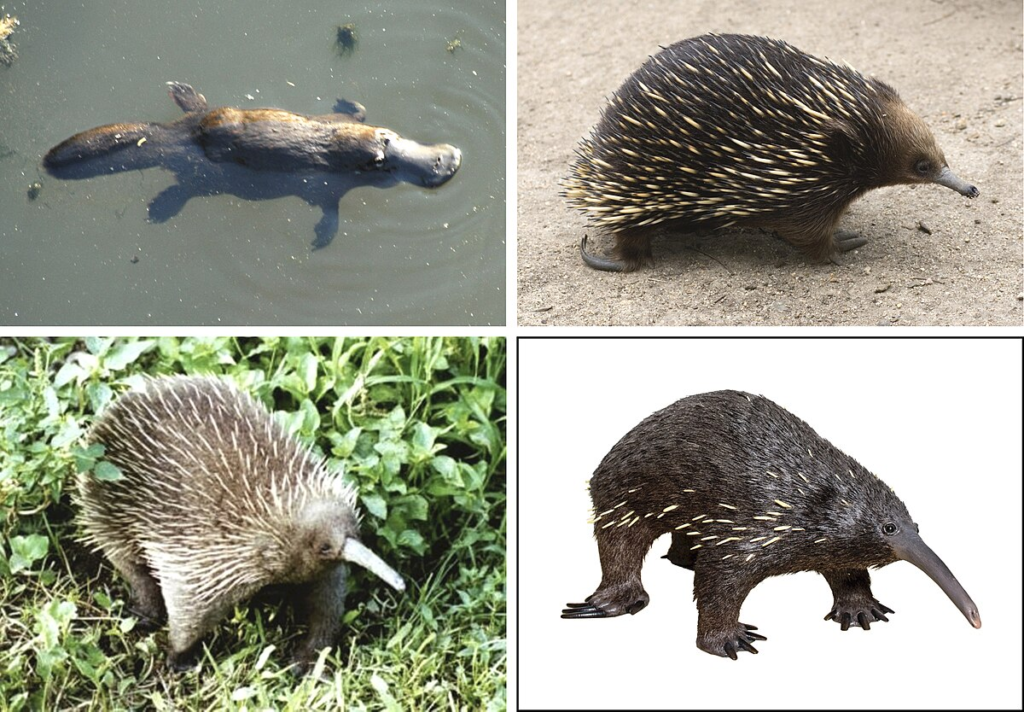
- Marsupials: These mammals give birth to underdeveloped young that continue to grow in a pouch. Examples include kangaroos and koalas.

- Placental Mammals: These mammals carry their young in their bodies until they are fully developed. Examples include humans, dogs, and elephants.
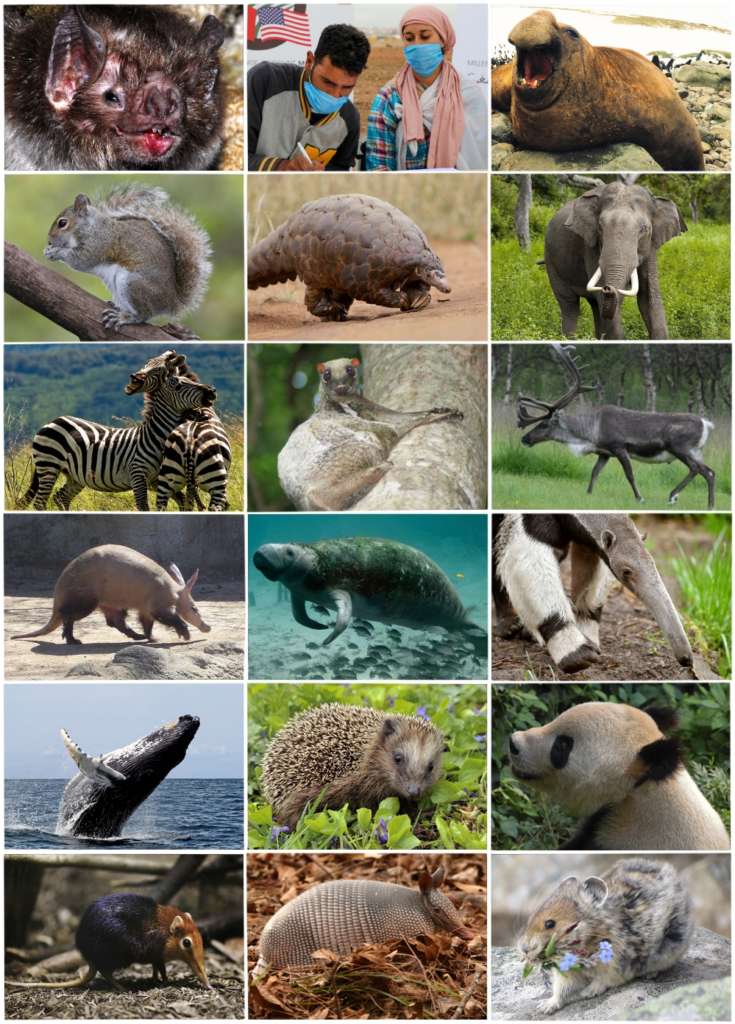
Habitat:
Mammals can be found in various environments, including forests, oceans, deserts, and grasslands. They have adapted to live in many different places.
Diet:
Mammals can be herbivores (plant-eaters), carnivores (meat-eaters), or omnivores (eating both plants and meat). Examples include:
- Herbivores: Cows, deer, and rabbits.
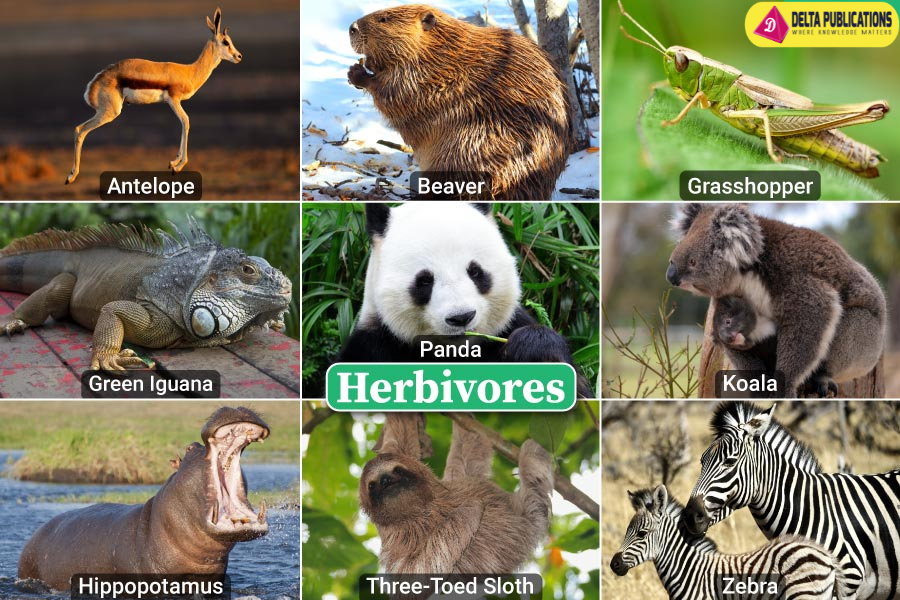
- Carnivores: Lions, tigers, and wolves.
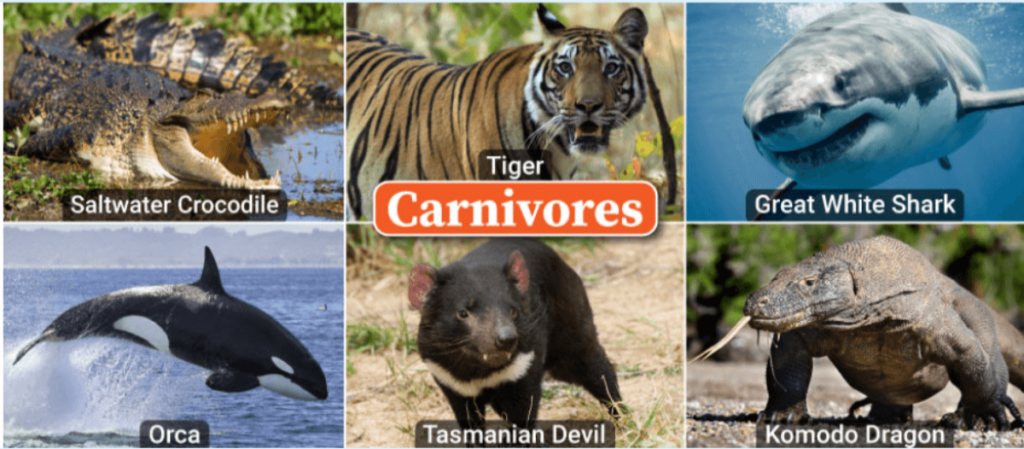
- Omnivores: Bears, humans, and pigs.

Examples of Mammals:
- Domestic mammals: Cats, dogs, and cows.
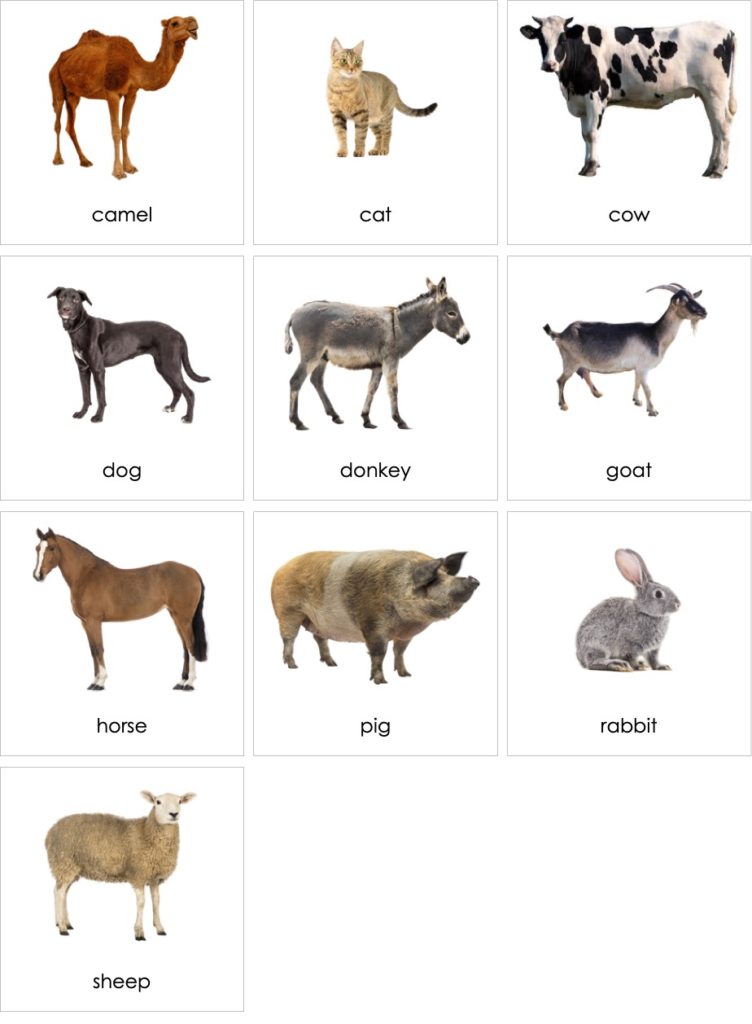
- Wild mammals: Elephants, dolphins, and bats.
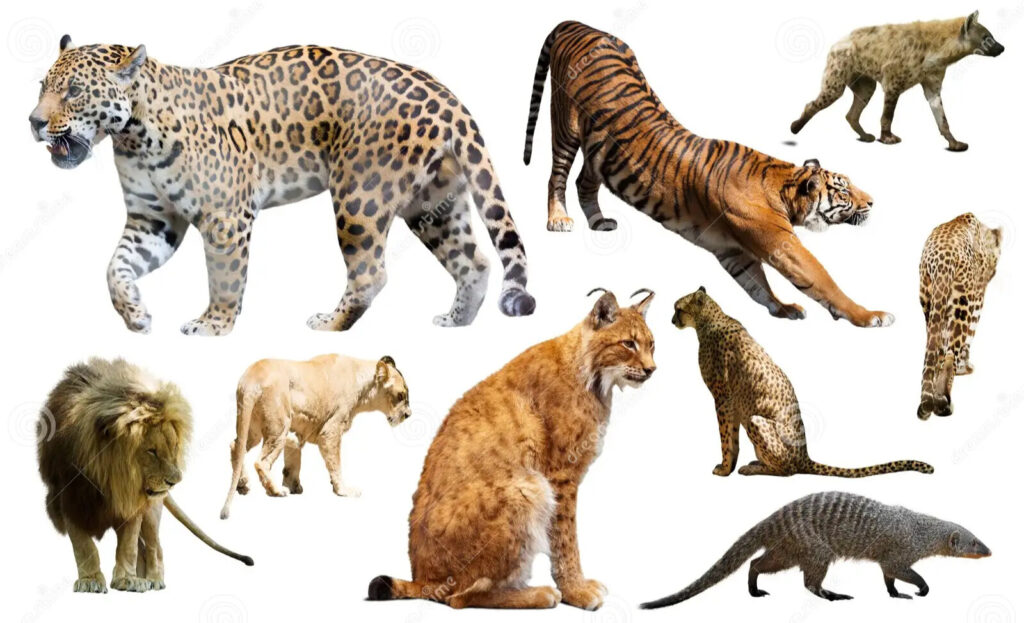
Importance of Mammals:
Mammals play vital roles in ecosystems. They can help with pollination, seed dispersal, and maintaining the balance of nature.
Fun Facts:
- The blue whale is the largest mammal and can weigh as much as 200 tons!
- Bats are the only mammals capable of sustained flight.
Let’s practice!

